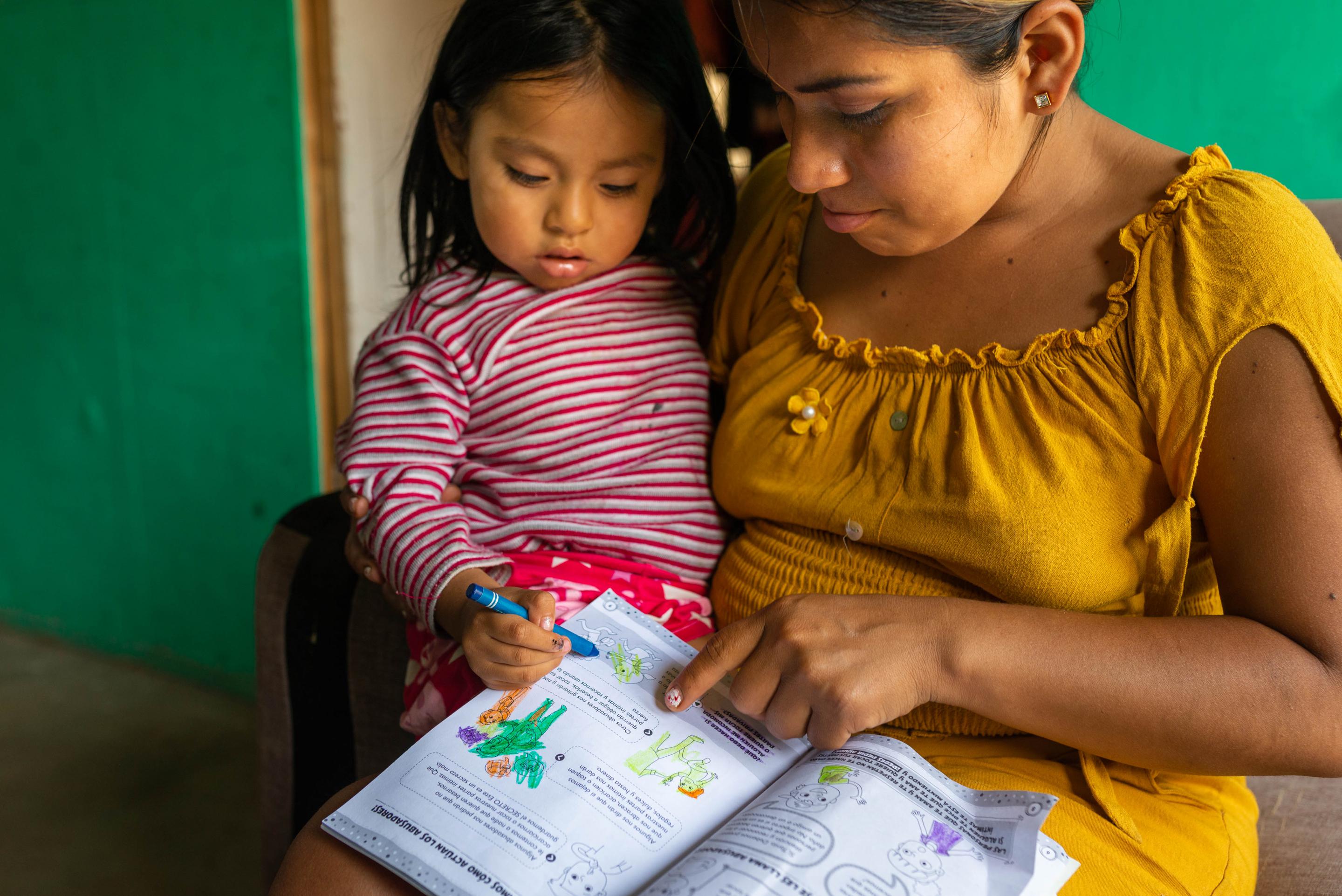Protecting children during COVID-19 requires innovation and creative thinking

Blog is co-authored by Amanda Brydon, Global Head of Child Protection Policy and Advocacy, SCI, Clare Feinstein, Head of Programmes Child Protection, SCI and Melinda van Zyl, in consulting capacity as Child Protection Research and Evidence Advisor, SCI
When the COVID-19 global pandemic was declared, along with lockdowns and other restrictive measures, managing the risk to children’s protection and wellbeing became a top priority.
The pandemic exacerbated family violence and domestic violence, the mental health of parents and children was affected by economic pressures and school closures and, for many children, especially girls, the pandemic also increased the risk of sexual violence, while reducing access to trusted teachers or other role models outside the home to whom this could be reported. Relying on social media and digital platforms for education and connection, children were significantly more at risk of online predators than ever before.
We also heard directly from children about their experiences:
“Due to Corona we can’t mix with friends. We are in a lot of trouble. Mom and Dad are in a lot of trouble.” – 12-year-old girl, Bangladesh
In response, Save the Children and our partners had to rapidly re-imagine how our child protection programmes and services could continue to reach the most vulnerable families with essential child protection services.
We describe here four real time innovations and adaptions from our staff and partners on the ground.
Identifying children at risk of violence and addressing their individual needs
Here, there was an immediate shift from face-to-face approaches, such as household visits to vulnerable children and families, to identifying and managing cases of child protection remotely. We set up innovative partnerships with trained cadres of community-based volunteers, used phones or text messaging to connect with families, and introduced virtual capacity-building and mentoring programmes for government and non-governmental actors, as well as partners and field staff. These new ways of working made it possible to identify children most at risk of violence, in order to plan how each individual child and household could be best supported.
In Lebanon, as in many other countries, the Child Protection team very quickly devised a way to re-prioritize cases, restricting face-to-face visits to families and households where we knew that the most urgent risks existed. Other cases were followed-up by phone, using a protocol we developed especially for this purpose.
Helping parents cope with stress
Prior to the pandemic, surveys showed that 76% of children globally experience physical and humiliating punishment at home. COVID-19 has magnified these risks, placing children and their caregivers under increased pressure. With school closures, parents and caregivers have often had to simultaneously take on the role of both breadwinner and teacher. To support parents with positive parenting techniques, Save the Children teams devised new ways to reach staff, partners, parents and caregivers with training, mentoring and essential messaging. They made use of various print and digital channels such as online meetings, email, WhatsApp and even radio to reach, message and work with parents and caregivers to promote positive parenting in this challenging time.
In Nepal, radio dramas were scripted and broadcast to reach parents in remote communities, taking care to align broadcast times with the typical schedules of mothers responsible for household and other work in order to ensure their inclusion.
Supporting mental health and psychosocial wellbeing
The threats of COVID-19 to the mental health and psychosocial wellbeing of children and caregivers necessitated an urgent and rapid shift to platforms, approaches and messaging which would reach existing and new programme participants with essential mental health and psychosocial services (MHPSS). Save the Children and partner teams responded with innovations and adaptations that enabled home-based access to MHPSS, ranging from printed kits for distribution to caregivers and children, to smart phone applications, and MHPSS for government frontline responders and essential personnel.
In Myanmar, Save the Children provides one-on-one emotional support through an online text/chat platform called Mee Pya Tike. It is the only text chat platform available in the country enabling users to chat with trained listeners by text messaging in an anonymous and safe manner. Adolescent girls and boys were the main targets for this service and the sessions have touched on a range of issues from stress to loneliness, relationships, peer pressure and careers.
Keeping children safe online
COVID-19 has vastly increased use of digital technology by children and young people across the world. Knowing that increased online activity also increases the risk of online abuse, our goal has been to equip children and young people and their parents, caregivers and teachers with knowledge and skills to stay safe online.
In Nepal, Save the Children rolled out a series of comic books on online abuse and safety using Facebook as a platform for dissemination. The comic book targeted to children is designed to empower them to report cases of online abuse and harassment, especially during the COVID-19 situation.
Reflections
The speed and agility with which these innovations and adaptations were rolled out and their achievements, are testimony to the pre-existing local relationships, contextual expertise, dedication and ingenuity of child protection workers and practitioners to quickly adapt to changing contexts and ensure effective programming and the best use of donor resources and funds.
It is through the dedicated efforts of these staff and partners that we have been able to keep children safer and promote their well-being in these challenging times. Ongoing and increased support for child protection services by governments however remains critical for ensuring effective and timely interventions to support children and their communities throughout this pandemic.
Adapt. Imagine. Innovate catalogues how staff, partners and communities on the front lines all over the world have worked to ensure children’s protection and wellbeing. It is designed to be a pragmatic operational tool for Child Protection teams for current and future ways of working in and beyond the pandemic.
Download now: Child Protection during COVID-19: A catalogue of innovations and adaptations.

